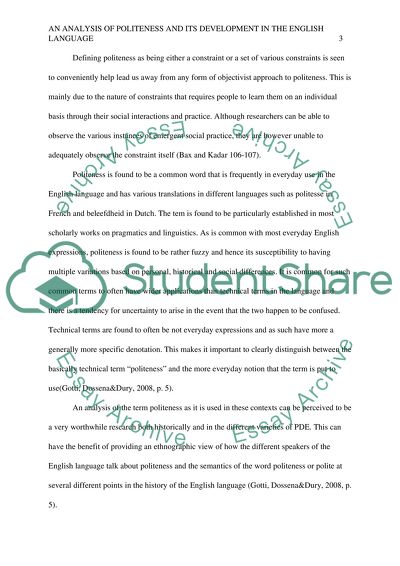Cite this document
(“Politeness in english Essay Example | Topics and Well Written Essays - 4000 words”, n.d.)
Politeness in english Essay Example | Topics and Well Written Essays - 4000 words. Retrieved from https://studentshare.org/education/1481304-politeness-in-english
Politeness in english Essay Example | Topics and Well Written Essays - 4000 words. Retrieved from https://studentshare.org/education/1481304-politeness-in-english
(Politeness in English Essay Example | Topics and Well Written Essays - 4000 Words)
Politeness in English Essay Example | Topics and Well Written Essays - 4000 Words. https://studentshare.org/education/1481304-politeness-in-english.
Politeness in English Essay Example | Topics and Well Written Essays - 4000 Words. https://studentshare.org/education/1481304-politeness-in-english.
“Politeness in English Essay Example | Topics and Well Written Essays - 4000 Words”, n.d. https://studentshare.org/education/1481304-politeness-in-english.


